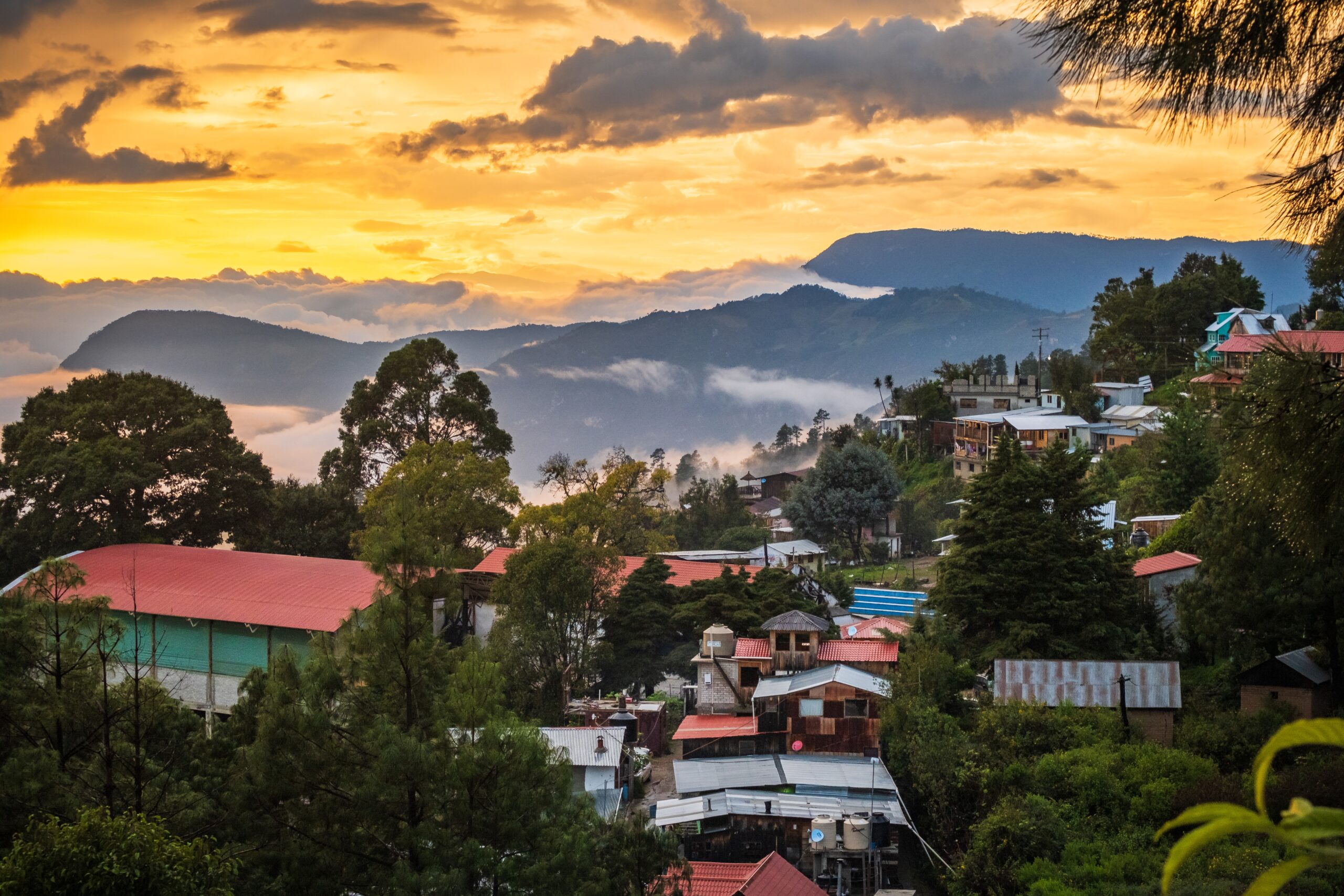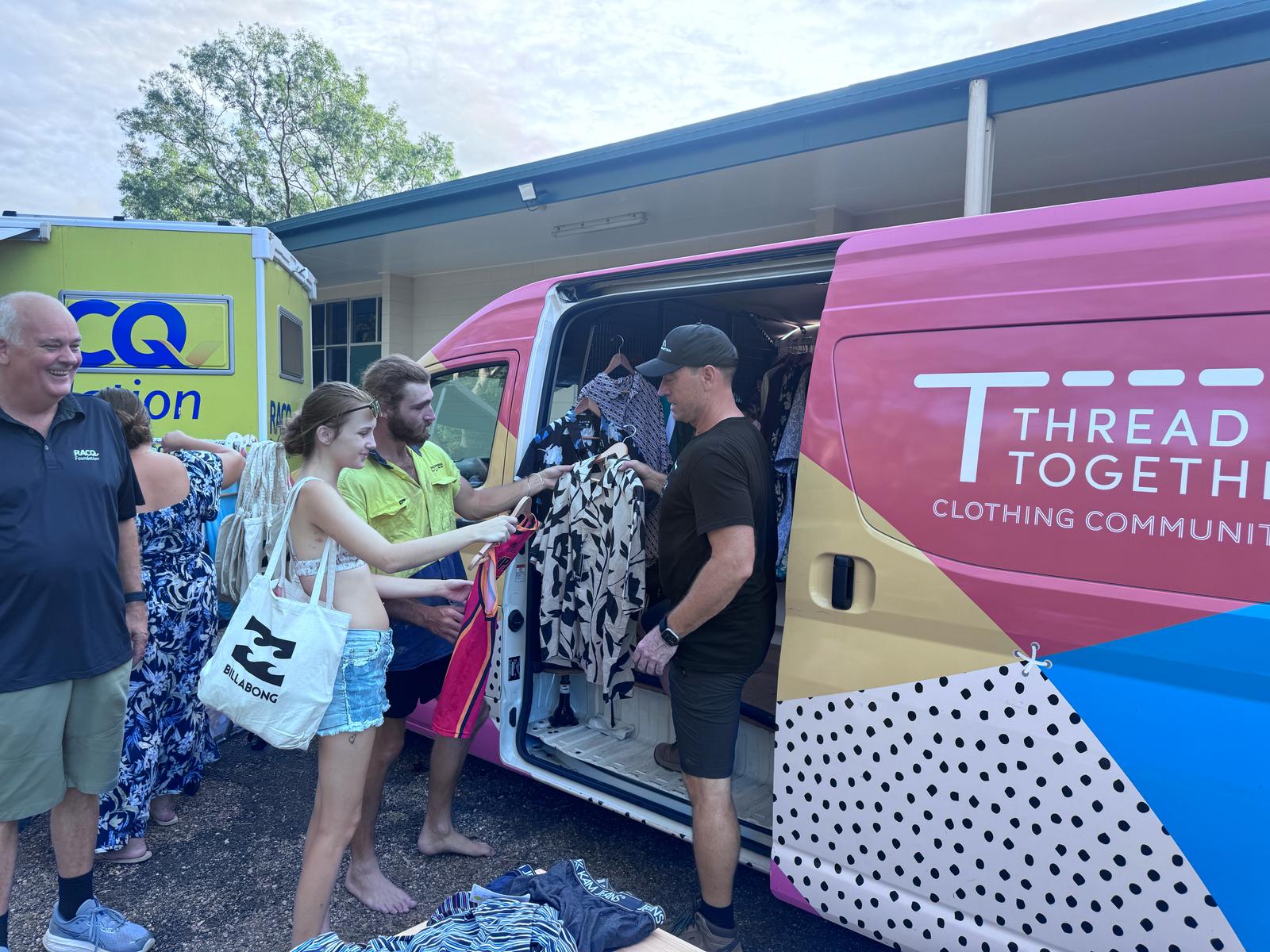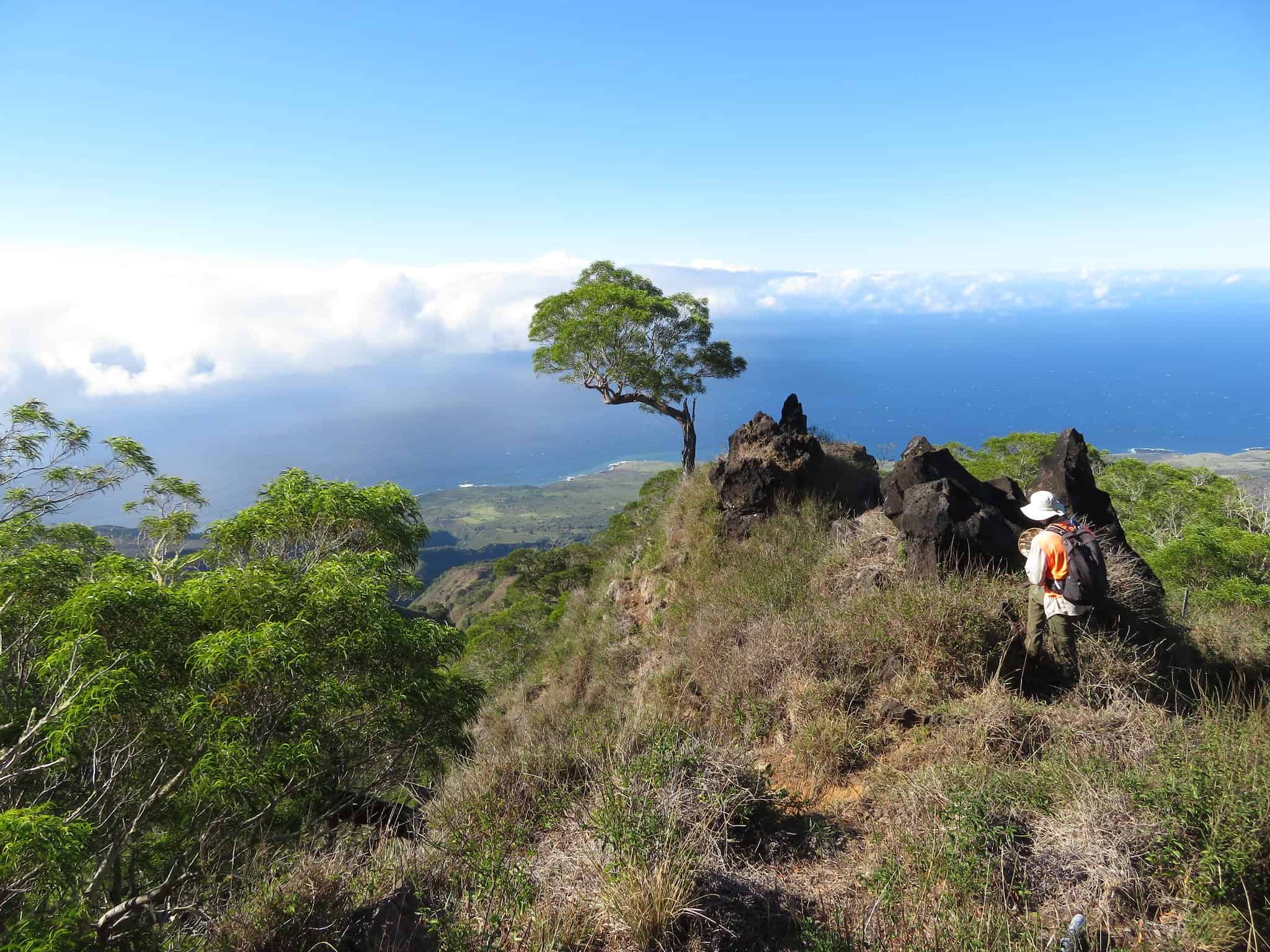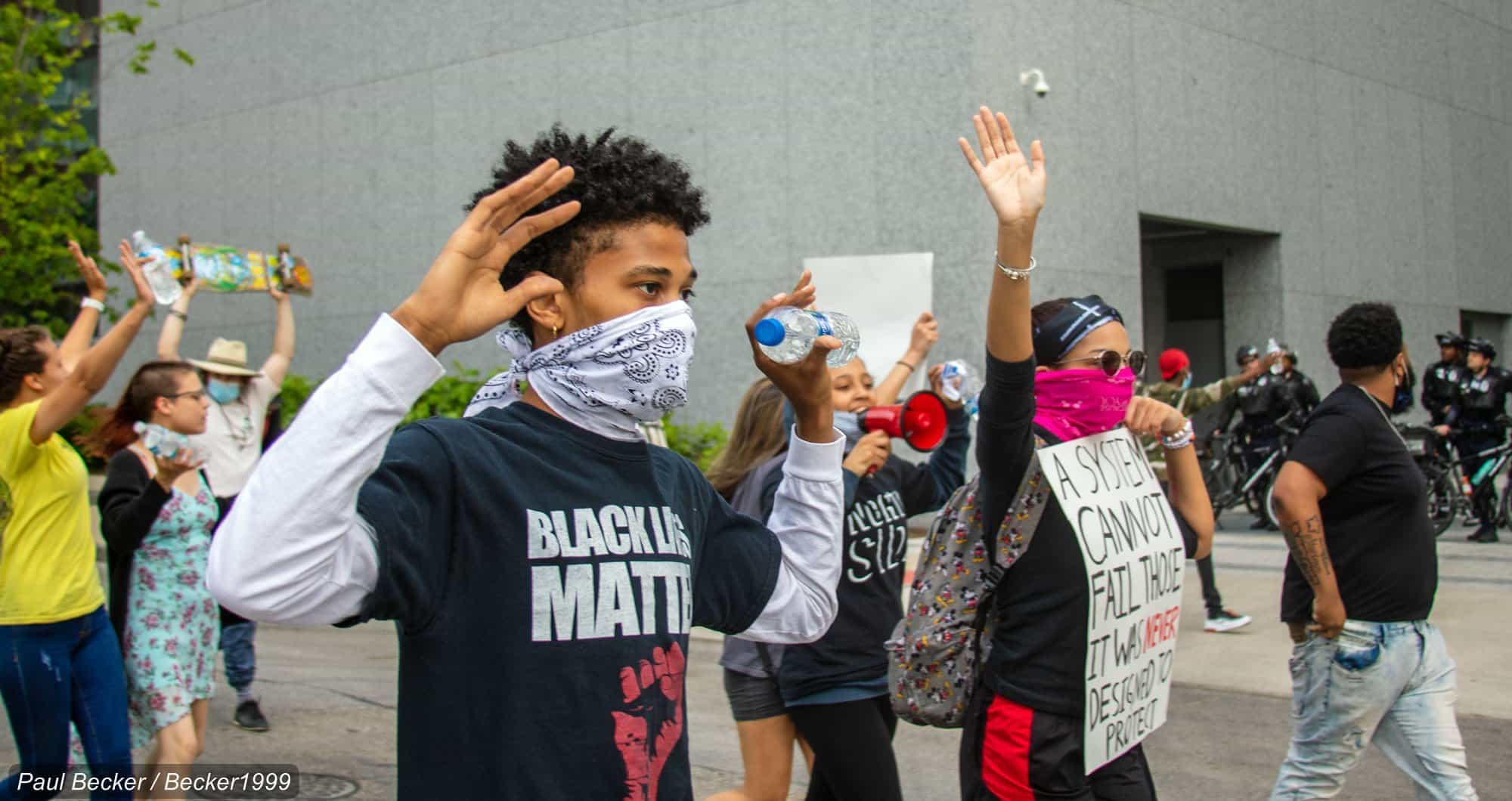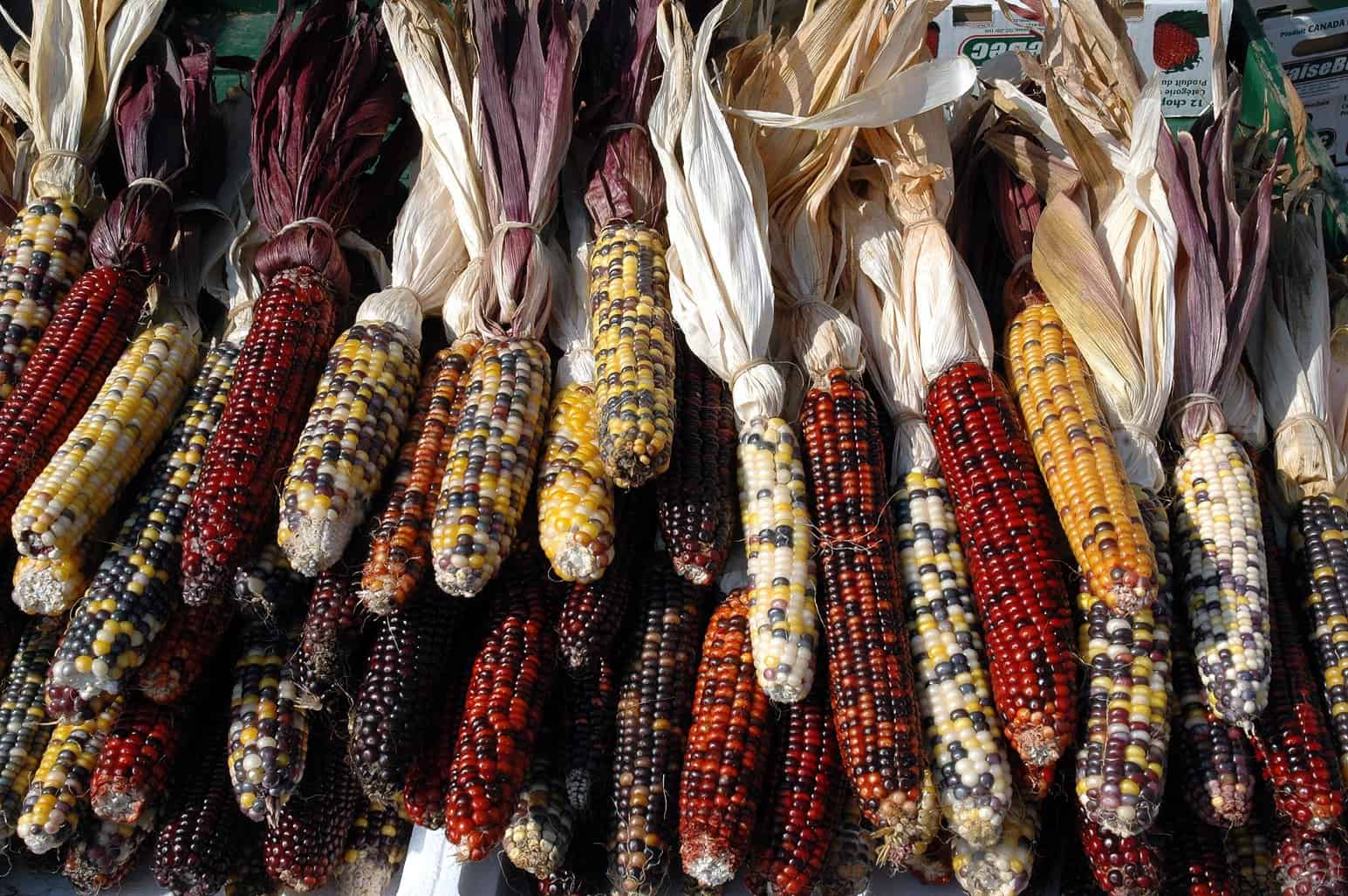Art scenes are emerging all over the world and many are becoming sustainable. Local artists in places not known for having well-funded art scenes are making a living doing what they do.
What if, as they emerge and evolve, these local creative ecosystems require less financial and infrastructural support from the major global art hubs? What if the funders and buyers, the prestige institutions and the validation of London, New York, Miami and Berlin become, if not irrelevant, at least far less essential to an artist’s recognition and survival? These cities might always be key for mega sales and auctions, but art making and the activities that surround it might become less centralized.
If that’s what is happening in some places—and I’ve seen evidence that it is—we could soon see a less consolidated “artworld” with no center at all.
In many of these places one encounters the phrase “a sustainable ecology.” This means not only are artists lurking there (my own thesis is that talent is latent—if you build it they will come) but that there is emerging a situation in which they can thrive and aren’t inevitably driven to emigrate to places like Berlin or L.A. For that, however, there needs to be a network—galleries, publications, collectors, public institutions and, some say, auction houses. (Whether art schools are an essential part of this ecology is debatable.)
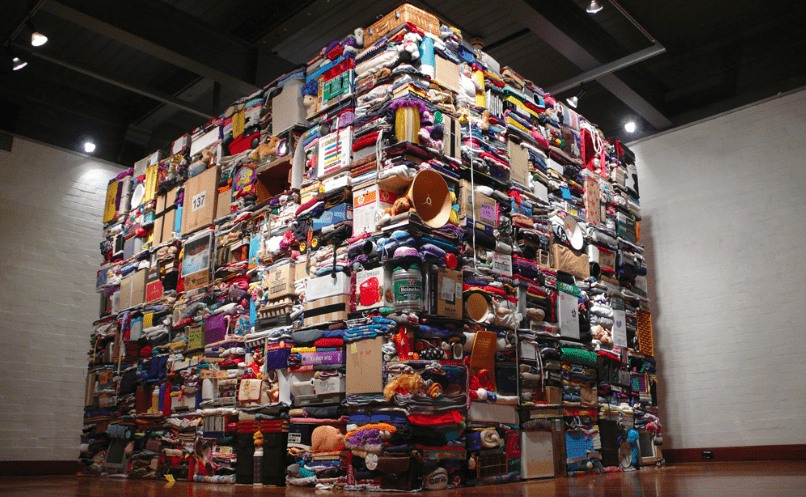
These networks take time to emerge (read Allison C. Meier’s great article about exactly how this happens), and what is exciting to me is that they don’t always look the same. The scene at one Indonesian collaborative space is described as a clubhouse, while the Lagos scene is referred to as a hustle and a marketplace. In all cases, the artists often make work that is a response to what is going on around them—their work reflects what their country cares about and is talking about. As a result each area develops its own unique flavor.
As these creative hubs develop they inevitably attract more artists from within that country, and the rest of the ecosystem expands as well. There is a clustering effect—people influence, inspire and engage with one another. Eventually you get an effect that is greater than the sum of its parts.
Beyond art scenes and networks
I’ve witnessed similar ecologies in music. Scenes emerge in different places with distinct sounds and approaches. Some places find a homeostasis, a balance, and hang around for years (Austin). Others are bent out of shape by the introduction of corporate influence and the disproportionate success of particular artists (Seattle, Manchester). A certain amount of isolation might be key to long-term survival. Each ecology might need to exist apart and form a kind of larger archipelago.
I have had numerous talks with creative friends—choreographers, musicians, experimental theater folk—about this idea of an ecology of creativity. All agree that, for the performing arts, a network is needed.
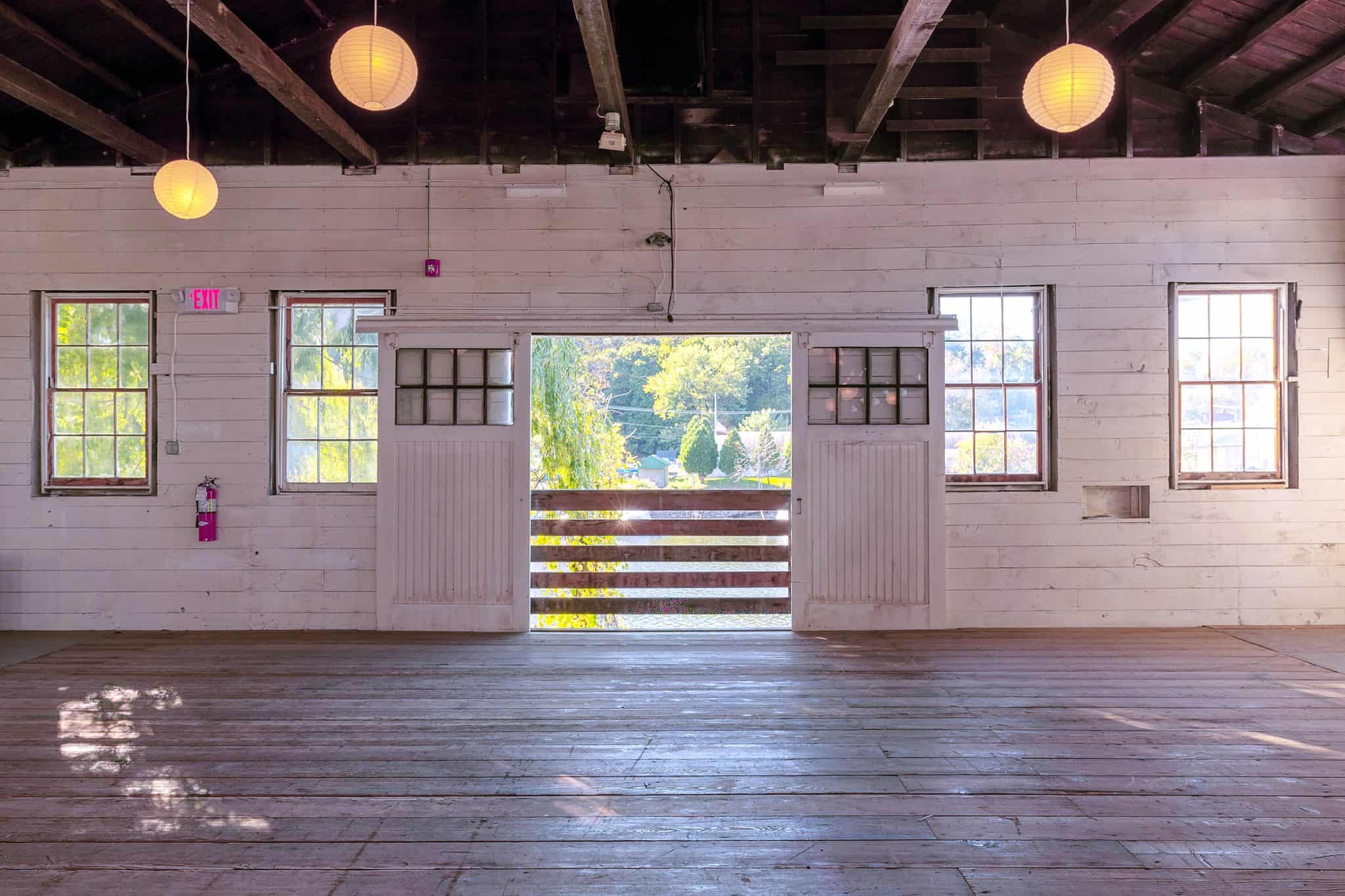
Patreon, an online network that directly connects artists and performers with their fans, does this in a way, but performers, especially, still need to be seen and heard, in venues that are manageable distances from one another. I know some who have used Kickstarter to help develop material or to fund a tour. And some performance spaces have built-in audiences that will come to see a show simply because that space is presenting it—the reputation of the venue has, over time, established trust, and that encourages folks to come and discover new things. It takes a while to build that trust.
I remember when Talking Heads was starting out there wasn’t much of a network of clubs that supported musicians playing original material not heard on the radio or backed by a record company. Local clubs in Cleveland, for example, generally supported local bands or semi-known touring acts. But how does one get to BE a touring act if there’s no place to play? We drove around in a borrowed station wagon and played in arts venues, pizza parlors, museums, university coffee lounges and, of course, some clubs. A little word of mouth allowed us to attract a few hundred people to see us at these places. But there was no underlying ecology to support us—it was all ad hoc.
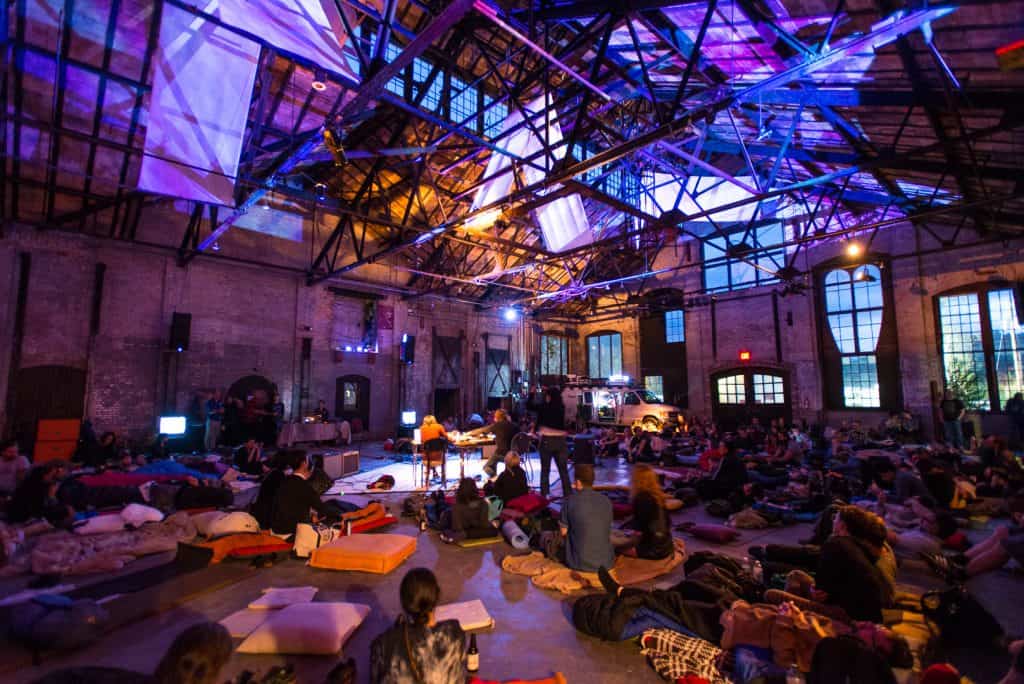
Many dance companies, performers, actors, musicians and artists will never achieve big commercial success. But that doesn’t mean they have failed. Often, what they are doing has an audience, just not a massive, mainstream one. A few hundred fans in each town for each artist or performer might be enough if there is a network. Despite their small followings, the influence and inspiration these artists and performers have can be outsize.
As these supportive networks and ecologies develop in more and more places, folks all over, far from New York or London, will see themselves and the world they inhabit reflected in art. To paraphrase a recent call for diversity and representation: You can’t be what you can’t see. When nascent artists and performers see people like themselves at the venues, they feel a part of the society, the world. They feel they might be heard and can participate. This will inevitably inspire more creativity from future generations. Maybe this movement—the rise of these disparate, sustainable ecologies—will help to rectify the global bias and imbalance of representation and influence.
This story is part of a collection called Art is Everywhere: Stories of artists making a living in unexpected places. Read more here.




